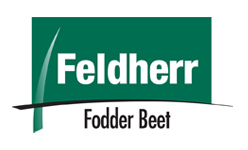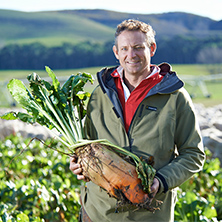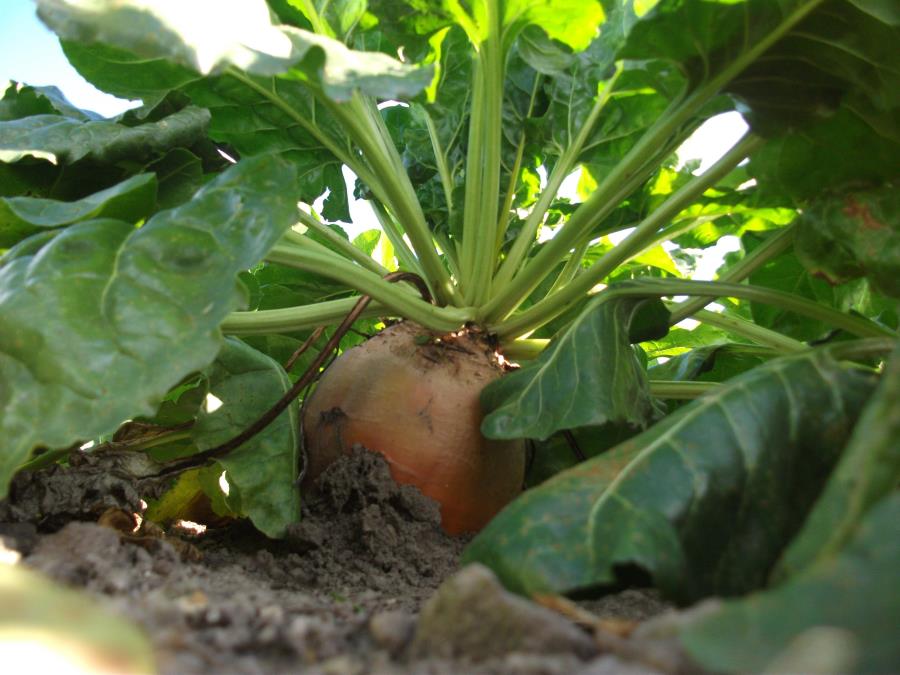Feldherr

- Sowing Time Late September to early November
- Grazing Seasons Autumn, Winter
- Time To First Grazing Anytime after all herbicide, fungicide and insecticide grazing withholding periods are met. Typically 24-28 weeks to reach yield potential
Feldherr is a high-yielding, monogerm hybrid fodder beet with a light orange bulb colour. It has a low bulb drymatter percentage (12-15%)*, which some farmers prefer for grazing. Feldherr can produce large bulbs and high yields for its type and is suitable for all classes of stock; particularly young stock, older animals and deer.
Feldherr has a high proportion (60-80%) of the bulb out of the ground.
- True mono-germ cultivar
- Low drymatter type (12-15%*)
- 60-80% of the bulb above ground
- Larger bulb type
- Suited to grazing with all stock classes
- Above ground colour: Orange
*Variation in DM % can occur under different sowing rate and/or environmental conditions. Northern North Island drymatters have consistently been lower than stated.

Sowing & Establishment
| Suggested Sowing Time | Late September to Early November |
|---|---|
| Suggested Sowing Rate (seeds/ha) | 80,000-90,000 grazing |
| Time to First Grazing | Anytime after all herbicide grazing withholding periods are met. Typically 24-28 weeks to reach yield potential |
| Number of Potential Grazings | 1 |
| Potential Yield (t DM/ha) |
Average = 18-22 Top = 30 + |
| Bulb DM% | 12-15%* |
| Seed Type | True monogerm |
| In-situ Grazing | Most suited |
| Mechanical Harvesting | Not suitable |
Varieties
Agricom has been supplying fodder beet to farmers for a number of years, and in that time has conducted research into cultivar performance, crop husbandry and animal feeding techniques. Agricom has partnered with world leading French fodder beet breeding company, Florimond Desprez, to access new genetics for improved yield and quality. Table 1 shows the varieties Agricom markets in New Zealand.
| TABLE 1: FODDER BEET VARIETY BULB DM % | |||||||
|---|---|---|---|---|---|---|---|
| Low | Medium | High | Sugar Beet | ||||
|
Feldherr |
|||||||
|
Jamon |
|||||||
|
Bangor |
|||||||
|
Brunium |
|||||||
|
Enermax |
|||||||
|
Tadorne |
|||||||

Rotation Products

Read more on Fodder Beet
Fodder Beet Case Study
